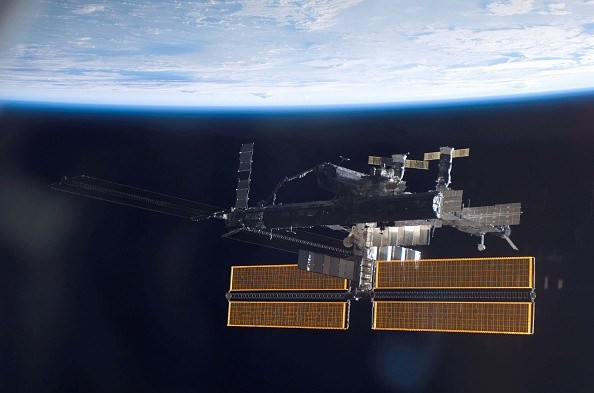MIT's new self-rearranging space station has been revealed. However, the Massachusetts Institute of Technology said that this new space tech is not yet under development.

The new TESSERAE (Tessellated Electromagnetic Space Structures for the Exploration of Reconfigurable, Adaptive Environments) project aims to build a new space station that can rearrange or readjust itself.
If this is true, then astronauts will have a better artificial environment as their study the universe.
"The future of human habitation in space lies in self-assembling, adaptive, and reconfigurable structures," said MIT via its official blog post.
MIT's New Self-Rearranging Space Station Revealed
According to Republic World's latest report, astronauts are having a hard time in the International Space Station. Although ISS (the only orbiting space lab outside Earth) is quite advanced, the interior is still uncomfortable.

With many wires and bulky electronics inside ISS, astronauts have limited spaces to move around to and from. This is what TESSERAE plans to solve.
MIT explained that they are still under a multi-year research effort to further observe, test, characterize, and prototype their new TESSERAE tiles.
Recently, a TESSERAE tile was already tested at the ISS. It was observed by Axiom-1 crewmembers. These include Michael Lopez-Alegria, the Axiom Space VP.
How TESSERAE Tiles Work
Imagine a room that can rearrange itself, with the walls moving around the room automatically adjusting.
This is how exactly each TESSERAE tile works. MIT explained that its new space tech was designed to have a self-assembling feature.
In the first test of MIT, there were 20 hexagonal tiles and 12 pentagonal tiles.
Each of these TESSERAE prototype included a responsive sensing and control code for bonding diagnosis, a rigid outer shell, an on-board power harvesting, and power management system, and electro-permanent magnets for dynamically controllable bonding actuation.
If you want to see further details about the new TESSERAE project, you can visit this link.
Recently, the U.S. military's nuclear rocket is expected to observe the Earth-moon space region.
On the other hand, SpaceX's commercial spacewalk is now being prepared as Polaris Dawn is about to happen.
For more news updates about MIT's TESSERAE and other similar space innovations, always keep your tabs open here at TechTimes.
Related Article: ISS Astronaut Captures Super Flower Blood Moon Eclipse from Space!
This article is owned by TechTimes
Written by: Griffin Davis
ⓒ 2025 TECHTIMES.com All rights reserved. Do not reproduce without permission.




